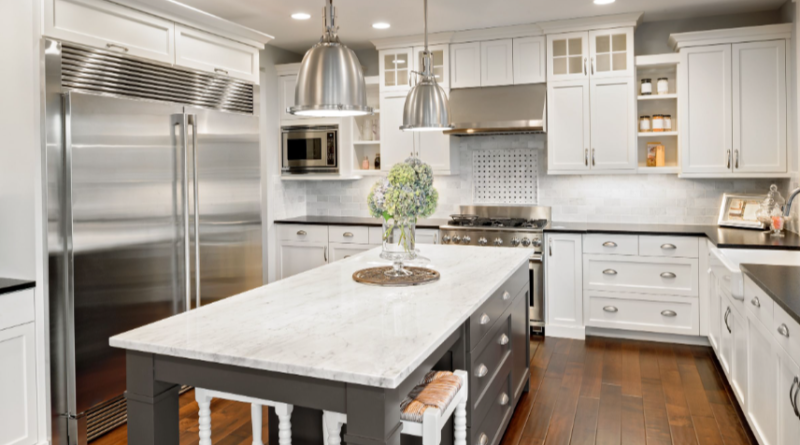Bring Design Concepts to Life with an Architectural Office Focused on Harmony
Designing spaces that are both functional and beautiful requires more than just technical skills. It takes an approach that aligns artistry with purpose, resulting in truly impactful environments. An architectural office that prioritizes harmony integrates innovation, balance, and meticulous attention to detail into every project. By focusing on creating spaces that reflect unity and cohesion, Architectural office (architekturbüro) redefine design, ensuring it caters to both personal and collective needs.
This blog will explore the benefits of partnering with an architectural team that emphasizes harmony in design. Whether you’re looking to create the perfect home, an inspiring office, or a public space that serves the community, the following points highlight why harmony is the key ingredient in turning concepts into reality.
Enhanced Aesthetic Appeal in Every Design
A sense of harmony within architectural projects enables spaces to captivate on a visual level while maintaining purpose-driven functionality. Architects who specialize in harmonious designs craft spaces where every element—from textures to colors to spatial arrangements—is thoughtfully curated, creating a consistent flow throughout the environment.
When a space looks visually connected, it feels more welcoming and comfortable for those who occupy it. This is especially evident in whimsical yet balanced interiors that marry form and function seamlessly. By bringing together aesthetics that match their surroundings and the intended purpose, architectural offices achieve results that radiate both style and substance.
Spaces that Adapt Seamlessly to Individual Needs
Harmonious design prioritizes user experience, often resulting in spaces that adapt to varying needs over time. Instead of pursuing short-lived trends, architects consider how a space will evolve with its occupants and how it can accommodate flexibility for changes in lifestyle, business functions, or operational capacity.
For example, multi-functional spaces are an increasingly popular trend driven by the value of adaptability. A harmonious approach ensures that such efficiency does not compromise overall design unity. An architectural office skilled in such techniques designs cohesive yet versatile rooms that cater seamlessly to dynamic requirements.
Sustainability as Part of the Design DNA
Sustainable design is one of the most crucial aspects of modern architecture, and harmony plays an essential role. Architects committed to harmony tend to incorporate eco-conscious practices naturally into their projects, balancing the aesthetic, environmental, and functional aspects of a design.
From using eco-friendly materials to optimizing natural light and minimizing waste, every decision is grounded in sustainability. A harmonious design does more than just look beautiful; it performs well for the environment, ensuring that spaces are as sustainable as they are functional.
Improved Emotional Well-being for Occupants
Harmonious architecture creates spaces that promote emotional well-being. Whether through an emphasis on natural lighting, ergonomic layouts, or calming color schemes, the focus on balance helps build environments that put people at ease.
Studies have shown that harmonious designs in office spaces contribute to increased productivity and job satisfaction, while balanced residential designs help lower stress and foster relaxation. By prioritizing these elements, architects make architecture a powerful tool for enhancing quality of life.
A Design Process Rooted in Communication
Achieving harmony in architecture starts long before construction begins. Architectural offices focused on design balance typically have a collaborative approach, where client ideas, feedback, and vision take center stage. Open communication is vital in achieving designs that fully align with client expectations without compromising functionality or creativity.

